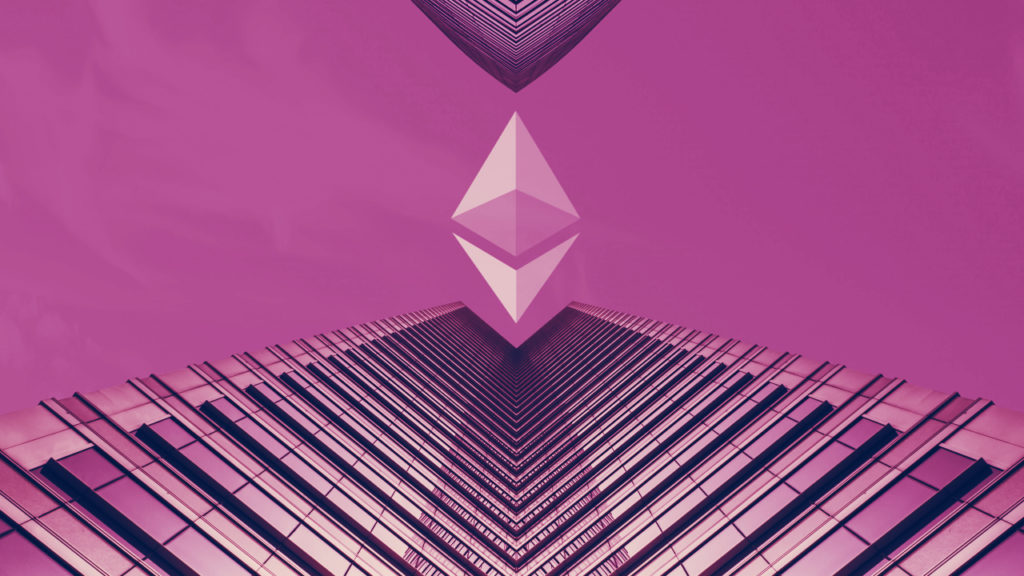on the crypto

The Ethereum 2.0 mainnet almost ready for launch
Medalla is the first community-focused testnet where the health of the network is in the hands of the Ethereum community, whose quotation on our dedicated web page, unlike previous tests which were mainly focused on developers.
With Medalla now stable, the launch of Ethereum 2.0 is imminent, bringing with it the long-awaited rewards of staking ETH, as well as some relief from growing concerns about skyrocketing transaction fees for Ethereum. Medella took just over an hour to stabilize and allow the blocks to be finalized.
The importance of the blockchain
One purpose of the blockchain language is the way that confirmed blocks cannot be changed or revoked, a crucial component of the immutable nature of blockchains that allows them to act as a reliable source of long-term truth.
More than 20.000 validators are running nodes to support the Medalla testnet, each with at least 32 ETH testnets. The Medalla name pays homage to the original Eth1 testnet, Olympic, released in May 2015.
An important part of the design for both Eth1 and Eth2 is the variety of clients that users can choose to connect to the Ethereum network from. This feature helps build a diverse community of developers working with different coding languages while reducing the risk of a single point of failure limiting access to Ethereum for end users.
5 clients and 20.000 unique validators
Medalla will be launched with the support of five clients, and validator node operators active during the launch will receive a single non-fungible token (NFT) to collect for their contribution to the network.
To function as intended, Ethereum 2.0 will require over 16.000 unique validator nodes to support a fully decentralized network. The network works by using a "beacon chain" to group the validators that have been randomly chosen into 64 "fragments", ie chains of blocks that resemble the implementation of Eth1, each capable of processing volumes of transactions approximately equivalent to the Eth1 chain. existing, about 15 transactions per second.
The result is a transaction throughput of nearly 1.000 transactions per second. The change is expected to significantly reduce the cost of broadcast transactions on the Ethereum network. The original Eth1 blockchain will eventually be integrated into Eth2 as a fragment, uniting what will be distinct blockchain entities for a time. If Medalla manages to remain stable over the next few weeks, the official Eth2 mainnet implementation won't take long to arrive.
